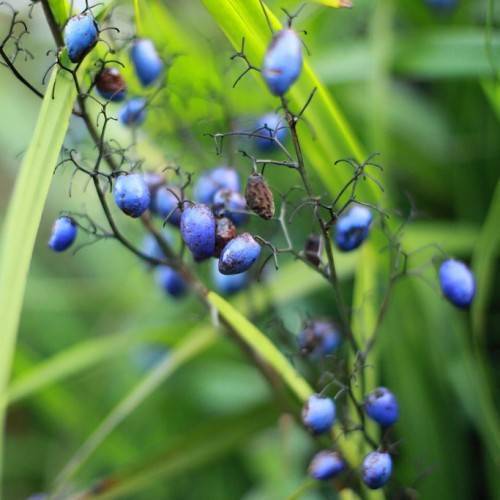
sapphire berry
Symplocos paniculata
Cycle:
Perennial
Watering:
Average
Hardiness Zone:
4 - 8
Flowers:
Flowers
Sun:
Full sun
Fruits:
Fruits Ready In Fall
Edible:
Yes
Leaf:
Yes
Growth Rate:
Low
Maintenance:
Moderate
Drought Tolerant:
Yes
Salt Tolerant:
Yes
Thorny:
Yes
Care Level:
Medium
watering
When it comes to watering Sapphire Berry (Symplocos paniculata) plants, it is important to provide them with the proper amount of moisture. In general, they should be watered once a week to a depth of about 8-10 inches, or roughly 2 to 3 gallons of water per plant. During the summer months, they should receive more frequent watering, ideally every 5-7 days, or as much as 4 gallons of water per week per plant. In the winter months, Sapphire Berry plants should be watered less frequently, approximately every 10-12 days, or 2 gallons of water per plant. As with all plants, it is important to avoid overwatering, so be sure to always check the soil before adding any additional moisture. Additionally, Sapphire Berry plants prefer consistently moist soil, so it is important to check soil moisture regularly and adjust accordingly.
sunlight
Sapphire berry (Symplocos paniculata) is best grown in full sun, however prefers filtered or part shade in the late afternoon. It requires around 6 hours of direct sun exposure each day. In warm climates with hot temperatures, it may do well with just 4 to 6 hours of direct sun. In cooler climates, however, Sapphire berry may benefit from up to 8 hours of direct morning sun. In general, the plant requires bright light, and direct sun can help encourage prolific flowering.
pruning
Sapphire berry (Symplocos paniculata) should be pruned twice annually, once in late winter (February or March) and again in summer (July or August). Late winter pruning is best done when the plant is still dormant, and only those damaged, diseased, or overgrown limbs should be removed. During the summer pruning, the primary focus should be on removing dead or weak growths and those parts that have outgrown their desired shape and size. Pruning should be done selectively to maintain the natural shape of the plant. Always use sharp, clean pruning tools to avoid any damage to the plant.
